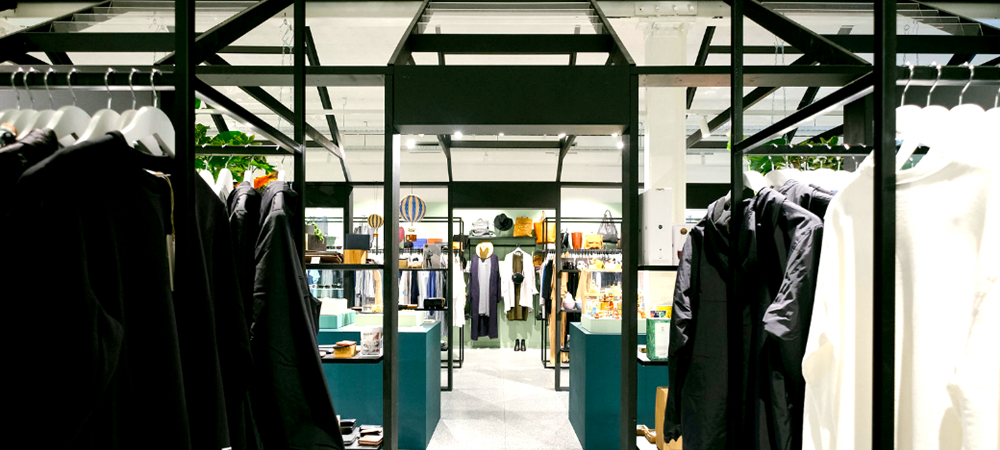Pigeonhole.
You might never have heard of it, but Design Research is an American retail icon. Founded in 1953 by architect Benjamin Thompson, it introduced a whole new concept to consumers: the lifestyle store.
In Thompson’s first store, a large 19th century house in Cambridge, Massachusetts, he brought together a then-unique combination of products including furniture, clothing and homewares, which were merchandised in elaborate displays that recreated a living room or kitchen scene.
“Before lifestyle was a buzzword [Thompson] sold it—his version of the most up-to-date way to live—from a clapboard house,” wrote Alexandra Lange and Jane Thompson in their book ‘Design Research’. “He wanted a store that would sell all the elements necessary for contemporary life under one roof.”
Today, 39 years after the last Design Research store shut its doors, lifestyle stores are having a resurgence. Retailers are realising that one way to survive the tough economic climate is by diversifying, while consumers are looking for new retail experiences.
Chris Tourgelis, owner of iconic Sydney home and gift stores Opus and Opus Design, had these trends in mind when he moved his businesses into a large, two-level complex in 2015. He has steered Opus away from being a gift shop to “encompassing many different areas that may enhance multiple facets of a customer’s life” by stocking cards and novelties, practical home and kitchenware, fashion, home décor, furniture and children’s accessories.
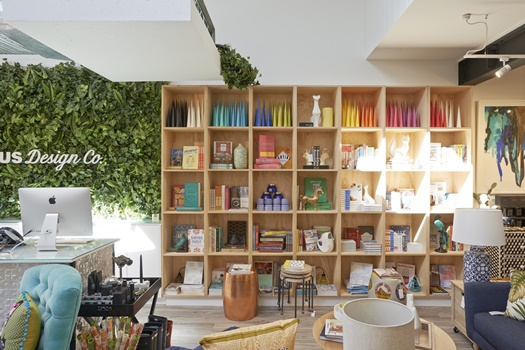
“I think that the trends in Europe and the US suggest that this is definitely the way forward,” Tourgelis said. “Younger customers in particular don’t want to shop in traditional ways anymore and they need more stimulation than previous generations.”
The founder of successful Australian retailer Pigeonhole, Johann Kim, has come to the same conclusion as Tourgelis. “Stores are diversifying in order to keep up with customers’ varying tastes and the changing nature of how people shop,” he said. “It’s definitely a trend to have multiple categories in a store.”
Kim started Pigeonhole as a small independent brand in Perth in 2007 and has since expanded into 10 stores across the country. The Pigeonhole approach is to mirror the lifestyle of its target market—design conscious consumers aged 20 to 35—by providing fashion, gifts, homewares and accessories, and it is fast becoming a lifestyle store empire.
“Our customer is keen on art, design, fashion, travel, entertaining and a healthy lifestyle,” said Kim. “So our product selection mirrors this and caters to as much of their lifestyle as possible… You need to really create the lifestyle cohesively in your store and communicate it that way.”
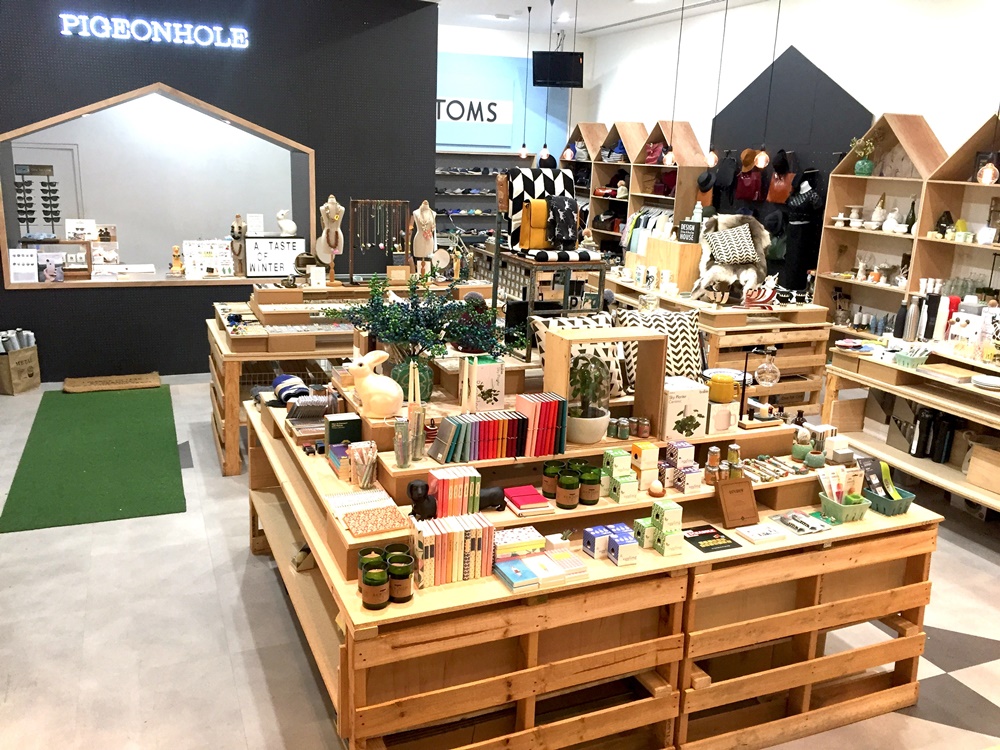
Kim’s brand has evolved and grown with its customers, staying true to the original vision of being a one-stop-shop for everything fashion, gift and home, but in a way that makes sense to Pigeonhole’s changing audience.
“We have matured in our branding and our customers have grown with us, from when we opened where our customers were mainly teenagers and students, to having customers who have now been working for several years and are having their first children.
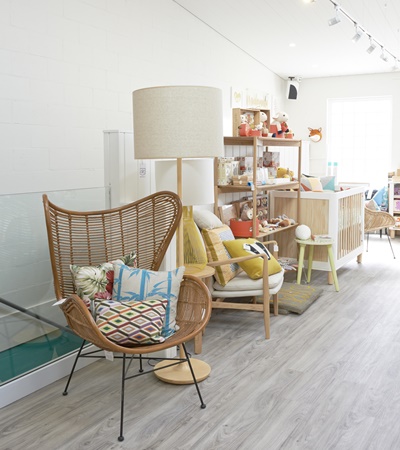 “We have stayed close to our customers to increase our offering to cater for their changing lifestyles. Understanding you customer is really important.”
“We have stayed close to our customers to increase our offering to cater for their changing lifestyles. Understanding you customer is really important.”
For Tourgelis, transitioning Opus to a dedicated lifestyle store has meant taking his customers on a journey. “Opus was always a lifestyle store to some extent but since the move into our new premises we now have the room to be the very essence of what a lifestyle store is.
“Moving away from being a ‘gift shop’ means that you have to be ready to embrace new categories and understand how far your customers are willing to follow you on your journey towards being a lifestyle store.”
Part of becoming a lifestyle store means a large focus on branding. “It’s all about marketing and being in the right kinds of media for your target audience,” said Tourgelis. “We are selling an image as well as product. You must create that desire in people that makes them ‘need’ to visit your store.”
Parisian retailer Merci has become famous for its lifestyle concept, which has made it a must-visit destination for shoppers and design lovers from across the globe. Over a million visitors stream through the doors each year and are treated to constantly changing displays, themes and product categories.
Housed in a 150 year old, 1,500 square metre space that was once a wallpaper factory, the light-filled store features three floors of home décor, furniture and fashion. There is also a bookshop, florist, three cafés and garden.
Merci’s founders, Bernard and Marie-France Cohen, describe their approach as “the one and the other” because they don’t see the need to choose between traditional and modern, local and international, cheap and expensive, mass produced and handmade, but rather want to bring them all together.
“The consistency of our statement and the care we take in the curation of our products makes Merci a one-off shopping destination,” said Merci director Valérie Gerbi. “Our main concern is a reflection on contemporary life; our shop is a celebration of everyday urban life.”
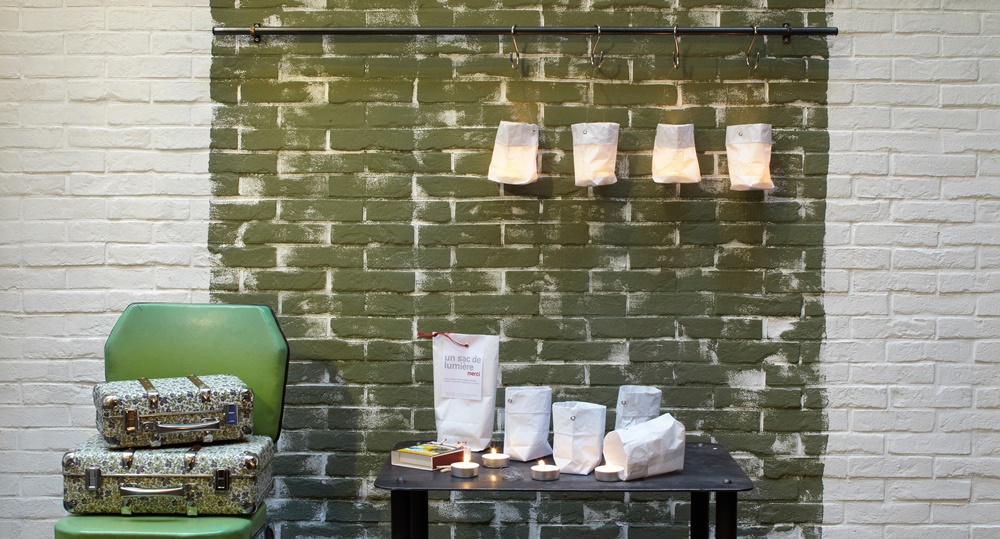
Vignettes are set up throughout the store, which features a new theme or concept each month. “We don’t use the term visual merchandising,” said Gerbi. “We don’t really base our displays on numbers or what product is hot or not. We truly think of our display as a statement that needs to be coherent with what we want to project. It changes very often, at least once a week.
“We really like to mix and match, confronting a humble Duralex glass with a quirky line in designer clothes for instance. We believe this play on contrasts and groupings give the store its unique feel.”
Although there is no doubt that Merci is a truly unique retail destination, Gerbi said she has seen the lifestyle concept it embraces gaining traction worldwide. “We believe the global vision of Merci is something that speaks to a growing number of people around the world. Lots of stores all over are now part of this eclectic trend, balancing home and fashion design.”
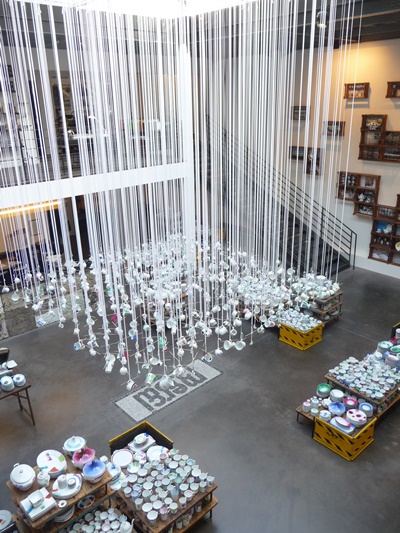 Gerbi pointed to product selection as the biggest difficulty of running a lifestyle store, and said the aim is to make sure that every person who visits Merci leaves with new inspiration and has discovered a new designer or product.
Gerbi pointed to product selection as the biggest difficulty of running a lifestyle store, and said the aim is to make sure that every person who visits Merci leaves with new inspiration and has discovered a new designer or product.
“The main challenge is the risk one takes regarding the editorial line and product selections,” she said. “The best we can do is travel a lot and meet incredible designers the world over.”
This is a problem Kim has encountered, which is made more difficult by having a chain of stores to look after. “The challenges really come in managing product categories, inventory levels over diverse product ranges, differing lifecycles of different types of products, production lead times, and just making sure you have the right and sufficient range and depth in each category that you are presenting,” he said.
Housing so many product categories in one store makes it hard to specialise, and Kim has found that his energy will often go into one product area at the expense of another. “There’s the temptation to have a bit of everything because the grass is always greener in another product category, but it’s really important to know your customer and what they are buying and looking for before needlessly locking your purchasing budget into untested product categories.
“We learnt our lesson the hard way a few times when we tried selling things like vintage-style bicycles or denim. We were just out of our league and weren’t expert enough to do those ranges justice and ended up blowing thousands on dead stock.”
On the other hand, a diverse product offering means you can really hook customers in. “[Running a lifestyle store] means you can have your customers buy deeper into your brand by offering them complementary products to the main product they came in store for and that they might otherwise purchase elsewhere,” said Kim.
While diversifying your offering might sound like a good idea, Kim cautioned against moving too quickly. “Just because a store you admire is doing it, that doesn’t mean that it is the right move for your store.
“It’s best to stick to what you are good at and slowly bring in complementary product categories. For example, if you have a strong candle business then you might want to move into fragrances and beauty products, then to accessories, which could then lead to fashion.”
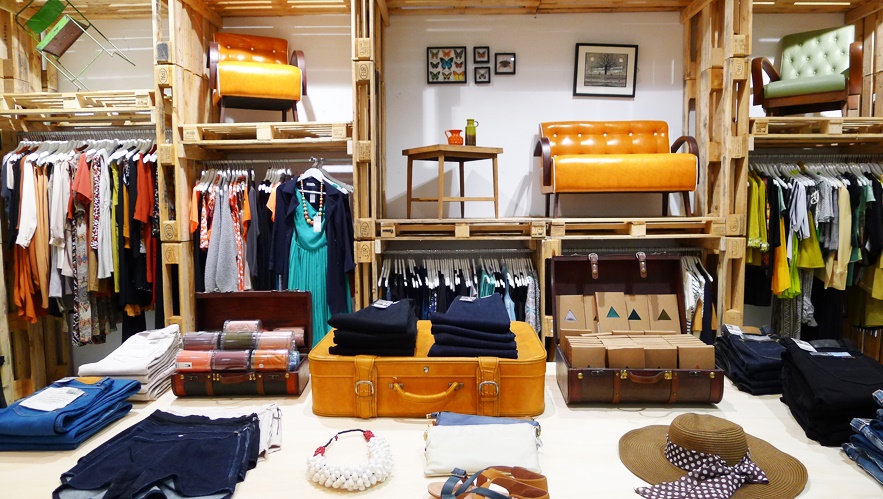
The most important thing is to make sure each of your product categories can stand on its own, and to do this you need the space, said Tourgelis. “You do not want to jam more into your store than is comfortable for your customer. You need to plan enough ‘negative space’.”
He also said that moving into the lifestyle space—where you are essentially selling customers on your brand—means you need to constantly evolve.
“When you go down this path customers look to you for inspiration and for what is trending and new,” Tourgelis said. “Seasons become shorter and people become hungrier for the next big thing or next big ‘look’. This can create a loyal following but it also means that you have to run faster.”
Want the latest retail news delivered straight to your inbox? Click here to sign up to the retailbiz newsletter.

